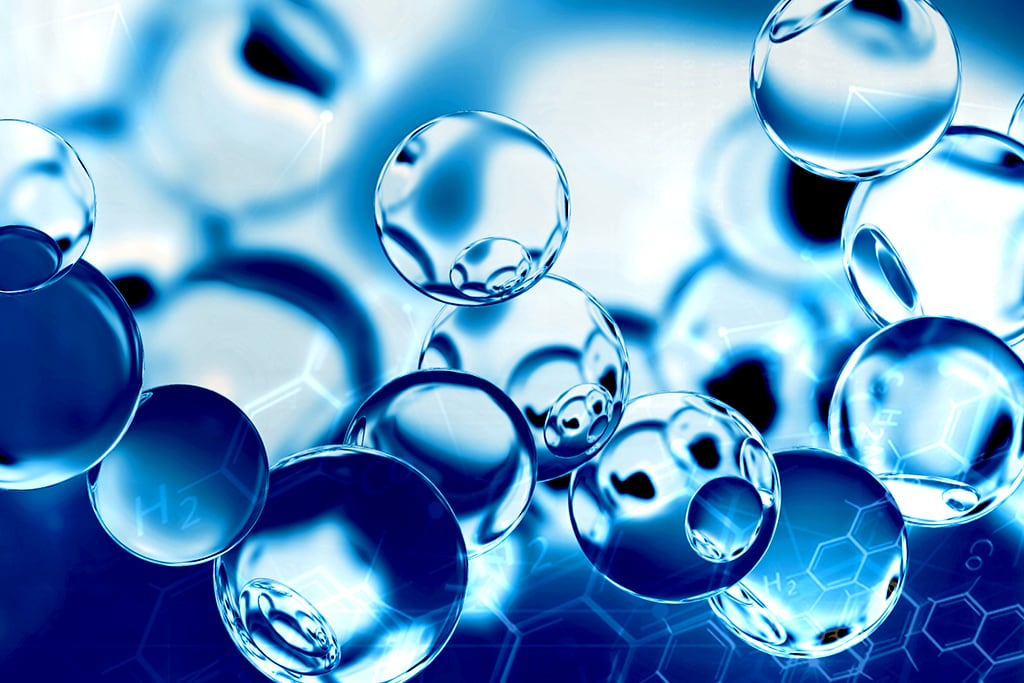The Role of Defoamers in Enhancing Product Top Quality and Performance
Defoamers serve as vital ingredients that reduce this issue, guaranteeing smoother manufacturing process while improving the functional and visual characteristics of the final products. The selection of the ideal defoamer can be essential to achieving optimal results, elevating essential questions about solution compatibility and efficiency metrics that merit further expedition.
Understanding Defoamers
Comprehending the function of defoamers is crucial for maintaining item top quality throughout various industries. Defoamers are chemical additives created to stop the formation and decrease of foam in fluid systems, which can negatively influence procedures such as mixing, filling up, and surface area tension. Lathering can result in inefficiencies, product defects, and jeopardized visual appeal, making defoamers an important part in making operations.
In industrial applications, defoamers help to boost product uniformity and stability. The reliable use of defoamers not just makes sure smoother production procedures but additionally contributes to premium item performance.
Moreover, the choice and formulation of a defoamer need to align with details application demands, such as compatibility with various other ingredients, performance under varying temperature level and pH problems, and potential governing constraints. Inevitably, understanding defoamers' features and their importance in different solutions is critical for enhancing manufacturing and ensuring the highest possible quality output.
Kinds of Defoamers
Defoamers can be categorized into a number of kinds based on their structure and device of action. The main kinds consist of silicone-based, non-silicone organic, and inorganic defoamers.
Silicone-based defoamers are amongst one of the most efficient, largely due to their capability to spread out quickly on the liquid surface area and disrupt foam formation. Their special chemical framework permits for exceptional security, making them suitable for high-temperature applications and settings with varying pH degrees.
Non-silicone natural defoamers, commonly composed of fatty acids or all-natural oils, are valued for their biodegradability and reduced poisoning. These are commonly used in food and beverage applications where safety and environmental impact are critical.
Inorganic defoamers, that include compounds like talc or calcium carbonate, act by boosting the thickness of the fluid, therefore decreasing foam stability. They are usually utilized in industrial procedures where compatibility with various other products is not a problem.
Each kind of defoamer has distinctive benefits and constraints, permitting customized solutions depending on the certain lathering problems come across in numerous applications. Recognizing these distinctions is crucial for maximizing performance and achieving preferred product high quality.
Applications Throughout Industries
Many industries leverage defoamers to boost item quality and functional effectiveness. In the food and beverage field, defoamers are critical in processes such as brewing and dairy products production to avoid foam development, which can result in inefficiencies and item variance. By controlling foam, suppliers can make sure much better yield and an extra uniform item.
In the pharmaceutical market, defoamers play a crucial role in the solution of liquid medicines, where excessive foam can restrain blending and accurate dosing. Their use aids maintain the honesty of the formulas and assists in smoother manufacturing processes.
The paint and coverings sector likewise relies upon defoamers to enhance the performance of products throughout application. By lessening foam, these additives guarantee a smoother surface and boost the visual high qualities of the end product.

Advantages of Making Use Of Defoamers
While the application of defoamers differs throughout sectors, their advantages continually boost item top quality and procedure efficiency. One significant advantage is the reduction of foam development during making procedures, which can or else cause manufacturing delays and incongruities in product high quality. By reducing foam, defoamers allow a smoother circulation of materials, promoting more effective operations and decreasing the probability of equipment breakdowns.
In addition, making use of defoamers can boost the look and structure of end products. In fields such as layers, paints, and food handling, excessive foam can compromise the aesthetic appearances and general quality, while the ideal defoamer application makes sure an uniform coating and preferable qualities. Furthermore, defoamers can add to cost financial savings by reducing waste throughout manufacturing and optimizing the usage of raw materials (defoamers).

Selecting the Right Defoamer
Picking the ideal defoamer is crucial for optimizing production procedures and ensuring product quality. The selection of defoamer affects not why not try these out just the efficiency of foam control however likewise the overall performance characteristics of the end product. Factors to consider consist of the kind of application, the chemistry of the formula, and the environmental problems under which the item will certainly be utilized.
Different industries might call for certain defoamer types, such as silicone-based, organic, or polymeric defoamers. Understanding the compatibility of the defoamer with the primary active ingredients is essential to stay clear of damaging reactions that could endanger product integrity. In addition, the defoamer's performance in different temperatures and pH degrees need to be assessed to ensure regular performance.
Examining the defoamer in small applications can provide beneficial insights right into its performance and viability. Consideration of regulatory conformity, especially in food, drugs, and cosmetics, is paramount in choosing a defoamer. Inevitably, a complete assessment of these aspects will certainly cause the option of a defoamer that not only manages foam effectively however additionally boosts the quality and efficiency of the end product.
Conclusion

In conclusion, defoamers are vital additives that substantially boost item high quality and performance across numerous industries. The tactical option and application of defoamers lead to cost financial savings, maximized resource use, and raised consumer fulfillment.
Lathering can lead to inefficiencies, item flaws, and jeopardized aesthetic allure, making defoamers an essential element in manufacturing procedures.
